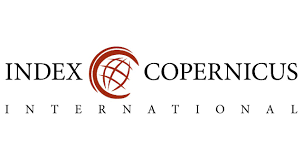The Role of the Work Environment in Improving Employee Performance
DOI:
https://doi.org/10.24090/ieibzawa.v1i1.752Keywords:
Work Environment; Employee Performance.Abstract
Every workplace must provide a comfortable and suitable work environment for employees, because the work environment used for work can have an impact on employees in completing the tasks given. This study aims to determine the role of the work environment in improving employee performance at the Prime Car Body Repair Workshop in Malang City. In this study using a descriptive qualitative approach. Data collection techniques using observation, interviews, and documentation.
The results of this study indicate that the physical work environment in the Perdana Body Repair Car Workshop in Malang City is good and not good. A good physical work environment, namely cleanliness, lighting, security, equipment, and room layout. As for the physical work environment that is not good, namely air circulation and noise that appears. While the non-physical environment, the relationship between leaders and employees is well established. Employee performance at the Prime Car Body Repair workshop in Malang City is good, seen from the employee performance indicators that have been fulfilled, namely in terms of quality, quantity, time, cost reduction, supervision, as well as the relationship between employees. The role of the work environment, both physical and non-physical, has encouraged employees to improve performance at the Perdana Body Repair Car Workshop in Malang City.











